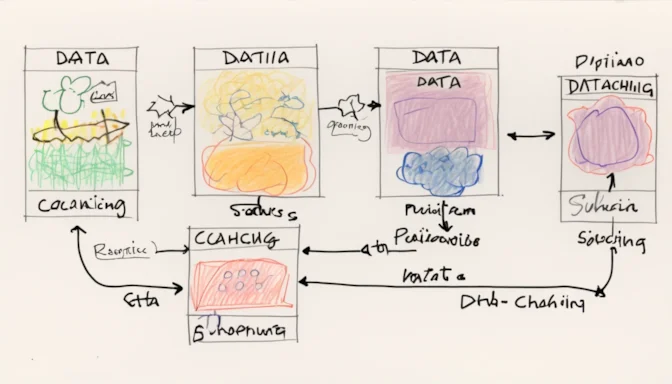What is Data Caching with Example?
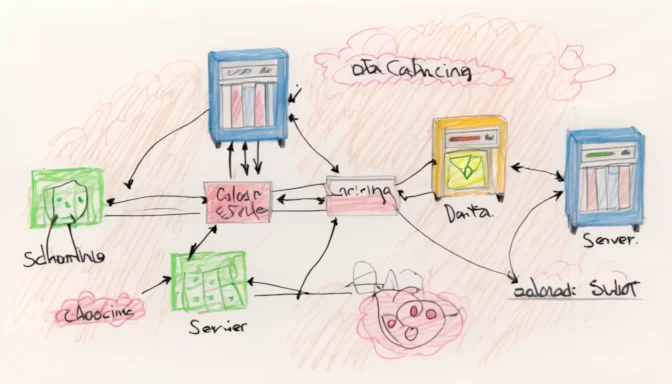
Data caching involves storing frequently accessed data in a temporary memory close to the data consumer to expedite data retrieval. For instance, static data like images or JSON files can be stored on the client machine, the server, or even on a proxy server to reduce latency.
Types of Caching

Caching can be classified into various types based on where the data is stored. Common types include in-memory caching, disk caching, and database caching. Each type has its own advantages and is suitable for specific use-cases.
Caching Method Explained

The caching method refers to the approach used to store and reuse data multiple times. It plays a crucial role in serving more requests per second while saving resources like network bandwidth and CPU load.
Difference Between Cache and Caching

While 'caching' refers to the process of storing copies of files in a temporary location, a 'cache' is that actual temporary storage. The term cache is often used in the context of Internet technologies where it serves to speed up data access.
Purpose of Data Caching
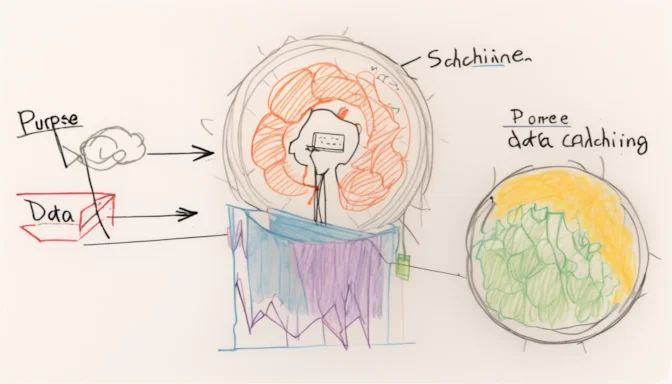
The primary purpose of caching is to boost data retrieval performance by minimizing the need to access the slower underlying storage layer. A cache usually holds a subset of data transiently, making it faster but less durable than databases.
What Kind of Data Should be Cached?
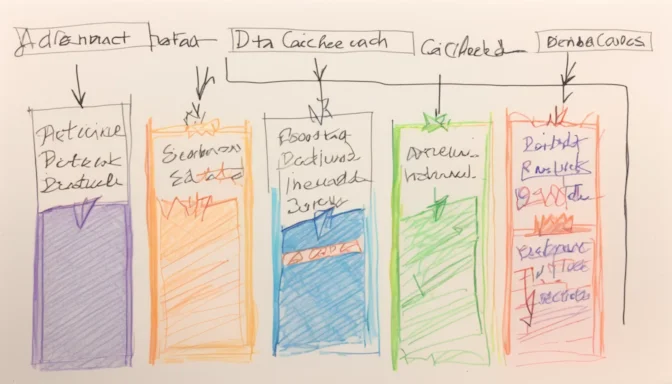
Data that is slow to access and frequently used should ideally be cached. While hardware caches automatically follow this rule, software-level caches can be manually optimized to maximize cache hits, sometimes leading to significant performance gains.
Best Caching Strategies
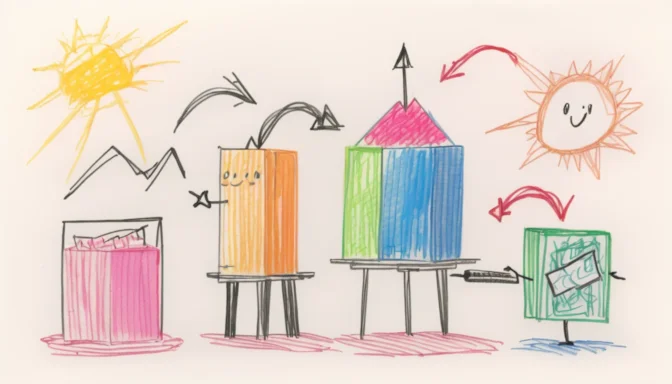
One of the most popular caching strategies is Cache-Aside or Lazy Loading. In this approach, an application checks the cache before retrieving data from the database. If the data is not in the cache, it is fetched from the database and then stored in the cache for future use.
Popular Caching Methods

In-memory caching is a highly popular caching method. It stores data in the RAM, making data retrieval faster and reducing the load on databases and networks. It's a scalable and simple strategy suitable for various applications.
What is SQL Caching?
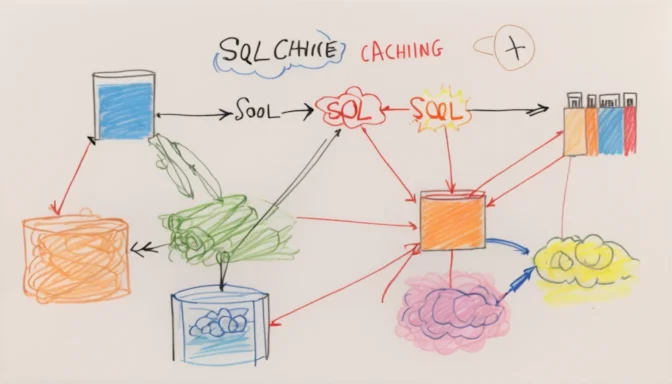
SQL caching is a specific type of database caching where identical SQL statements are stored in a buffer. This allows the statements to be reused across different user sessions, reducing the need for per-session memory allocation.
Database Caching Techniques

Database caching involves storing subsets of frequently queried data in a high-speed data layer. This reduces the need to perform repeated queries on the database, thereby saving resources and improving performance.
 E-Commerceo
E-Commerceo
